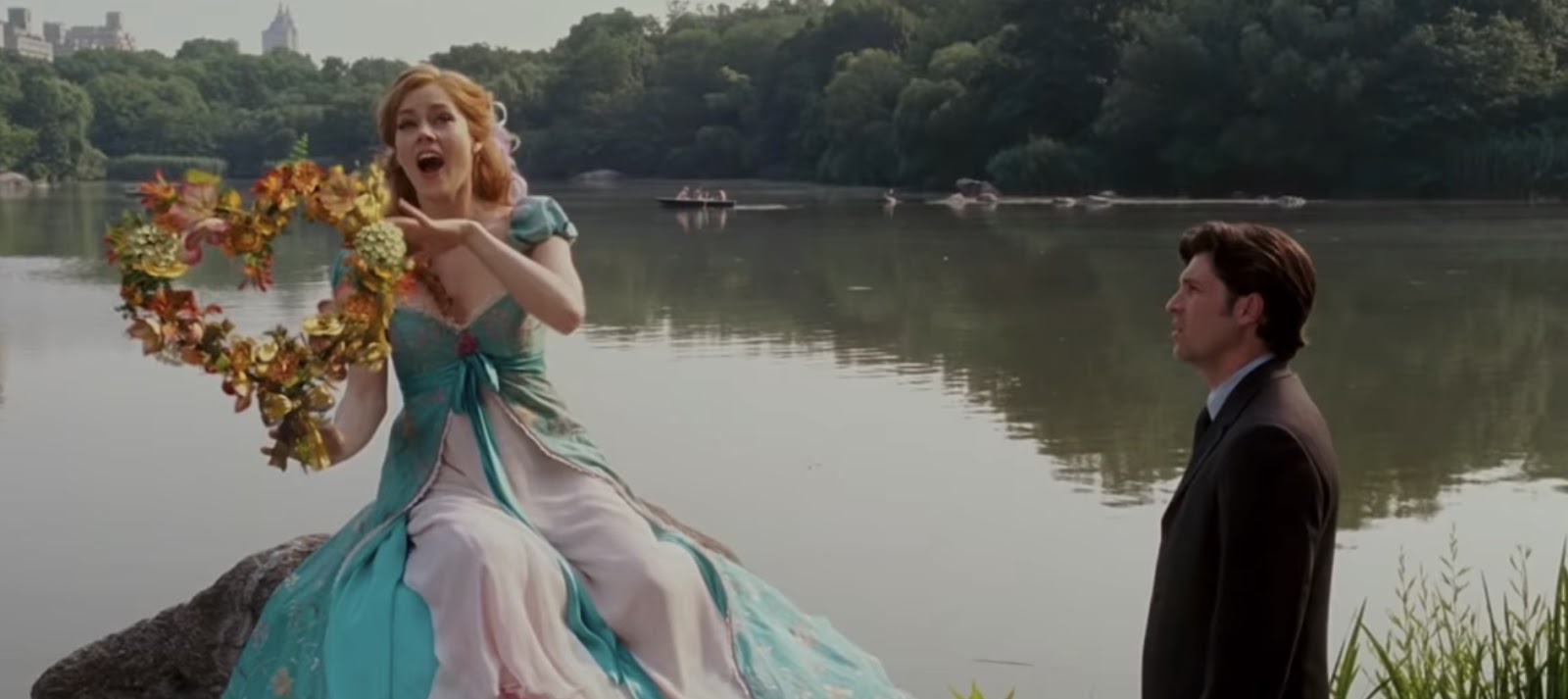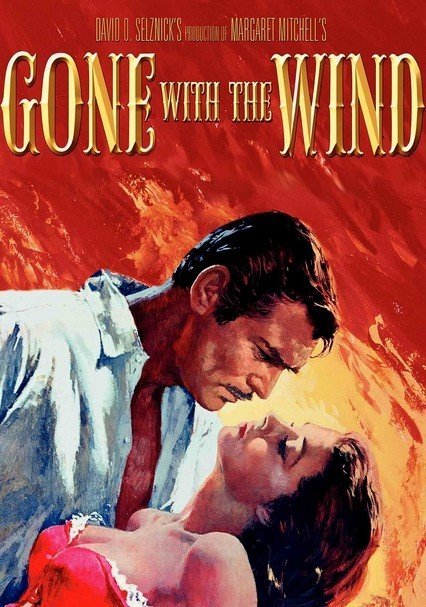The 1970s and 1980s were transformative decades for American cinema, a period marked by the emergence of blockbuster hits, cult classics, and the rise of influential filmmakers who would shape the industry for years to come. This era not only entertained millions worldwide but also reflected and influenced American society in profound ways. In this exploration, we delve into the heart of this cinematic golden age, uncovering the films that defined a generation and the legacy that continues to resonate in today’s pop culture landscape.
The Rise of the Blockbuster
Jaws (1975) and Star Wars (1977) stand as monumental pillars at the dawn of the blockbuster era. Directed by Steven Spielberg and George Lucas, respectively, these films not only shattered box office records but also established a new formula for success in Hollywood: high-concept storytelling combined with groundbreaking special effects and mass-market appeal. Their success ushered in an age where summer releases became synonymous with epic storytelling and cinematic spectacle.
Auteurs and Visionaries
The 70s and 80s were also a time when directors became household names, often associated with distinctive styles or thematic preoccupations. Filmmakers like Martin Scorsese, Francis Ford Coppola, and Stanley Kubrick pushed the boundaries of narrative and technical innovation. Coppola’s The Godfather (1972) redefined the gangster genre, offering a sprawling saga of family and power that resonated with audiences worldwide. Meanwhile, Scorsese’s gritty portrayal of New York in Taxi Driver (1976) and Kubrick’s visionary sci-fi epic 2001: A Space Odyssey (1968, but its influence persisted into the 70s) offered starkly different but equally compelling visions of cinema’s potential to challenge and captivate.
Social Reflections and Critiques
The American films of the 70s and 80s often mirrored the tumultuous social and political climate of the times. All the President’s Men (1976) tackled the Watergate scandal head-on, proving the medium’s capacity for engaging with contemporary issues in a way that was both informative and gripping. On the other end of the spectrum, The Breakfast Club (1985) and Ferris Bueller’s Day Off (1986), both directed by John Hughes, captured the zeitgeist of American youth, offering a blend of humor, heartache, and rebellion that spoke directly to the teenage experience.
The Horror and Sci-Fi Renaissance
This era also witnessed a renaissance in horror and science fiction, genres that offered filmmakers the chance to explore societal fears and fascinations. Halloween (1978) and The Shining (1980) redefined horror with their mix of psychological depth and visceral thrills. In science fiction, Blade Runner (1982) and E.T. the Extra-Terrestrial (1982) showcased the breadth of the genre, from dystopian reflections on human nature to heartwarming tales of friendship and discovery.
The Legacy of the 70s and 80s
The influence of 70s and 80s cinema extends far beyond their decades, impacting not just the film industry but also shaping pop culture at large. The blockbuster model initiated by Jaws and Star Wars continues to dominate Hollywood, with franchises and big-budget spectacles becoming a staple of the global movie-going experience. Meanwhile, the era’s pioneering special effects set the stage for the digital revolution in filmmaking, paving the way for the CGI-dominated landscapes of modern cinema.
The narrative complexity and character depth explored in this golden age also set new standards for storytelling, inspiring a generation of filmmakers to pursue stories that are as emotionally engaging as they are visually stunning. Today’s prestige television and indie film scenes owe much to the narrative experimentation and thematic ambition of 70s and 80s American cinema.
Furthermore, the social and political commentary woven through many films of the era laid the groundwork for cinema’s role as a mirror to society, a tradition that continues as filmmakers today tackle issues of race, gender, and inequality.
The Rise of Independent Cinema
The late 70s and 80s marked a significant turning point for independent films. Directors like John Cassavetes and Spike Lee came to prominence, offering stories that diverged from mainstream cinema’s narratives. Cassavetes’ A Woman Under the Influence (1974) and Lee’s Do the Right Thing (1989) explored complex social issues and personal dramas, showcasing a raw, unfiltered approach to storytelling that challenged audiences and critics alike. This period laid the groundwork for the independent film movement that would explode in the 90s, demonstrating the viability and critical potential of films produced outside the studio system.
Comedy and Satire
Comedy also underwent a transformation during these decades, with filmmakers leveraging humor to comment on society, politics, and everyday life. Animal House (1978) and Ghostbusters (1984) offered a blend of slapstick humor and sharp wit, while Airplane! (1980) and The Naked Gun (1988) redefined the parody genre with their absurdity and relentless gags. These films not only provided escapism but also reflected the changing cultural landscape, employing humor as a lens through which to view the world.
The Advent of Music and Movies
The integration of music and cinema also found its stride during this era, with films like Saturday Night Fever (1977) and Purple Rain (1984). These movies not only highlighted the disco and pop music phenomena but also showcased how soundtracks could enhance narrative storytelling and elevate the cinematic experience. The success of these films demonstrated the commercial and artistic potential of combining music with cinema, a trend that continues to influence film production and marketing today.
The Influence on Modern Filmmaking
The innovative storytelling techniques, genre developments, and thematic explorations of the 70s and 80s continue to influence filmmakers today. Directors like Quentin Tarantino, Christopher Nolan, and Sofia Coppola draw upon the narrative and stylistic innovations of this era, blending genre conventions and experimenting with storytelling forms in ways that echo the pioneering work of their predecessors.
Moreover, the technological advancements in special effects and the advent of computer-generated imagery (CGI) were significantly influenced by the groundbreaking work of films from the 80s. Movies such as Tron (1982) and The Terminator (1984) pushed the boundaries of what was technically possible, leading to the visually stunning and technologically sophisticated cinema of the present day.
Conclusion
The American movies of the 70s and 80s were more than just entertainment; they were reflections of societal changes, innovations in storytelling, and technological advancements that set the stage for the future of cinema. As we revisit these films, we’re reminded of their timeless quality and the ways in which they continue to inspire, challenge, and entertain. The legacy of this era is a testament to the power of cinema to capture the human experience, to innovate and to evolve, ensuring that the stories told during these two transformative decades will continue to resonate with audiences for generations to come.




